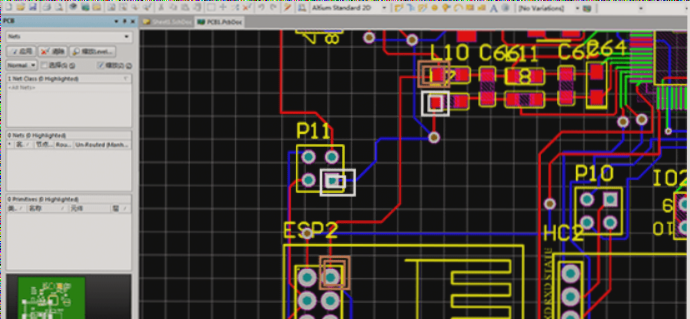DFM vs. DFA vs. DFMA: Key Differences and Best Practices for International Manufacturers

Understanding Design for Manufacturing and Assembly (DFMA) in Global Trade
In today’s competitive international manufacturing landscape, companies must optimize production processes to remain cost-effective while maintaining quality. This is where Design for Manufacturing (DFM), Design for Assembly (DFA), and their combined approach Design for Manufacture and Assembly (DFMA) become critical for export-oriented businesses.
What is Design for Assembly (DFA)?
DFA principles focus on creating products that are:
- Easy to assemble with minimal parts
- Durable enough for international shipping
- Simple to disassemble for maintenance
- Cost-effective for global distribution
Key considerations for DFA in export manufacturing include:
- Minimizing part count to reduce assembly time
- Eliminating small, difficult-to-handle components
- Designing for durability during transportation
- Creating intuitive assembly processes
What is Design for Manufacturing (DFM)?
DFM strategies concentrate on:
- Reducing production complexity
- Optimizing material usage
- Minimizing manufacturing costs
- Ensuring product reliability
Critical aspects of DFM for global suppliers:
- Analyzing individual component fabrication costs
- Identifying cost-saving opportunities in production
- Balancing quality, price, and reliability
- Designing for manufacturability across different regions
The Comprehensive Approach: Design for Manufacture and Assembly (DFMA)
DFMA services combine the strengths of both DFM and DFA, creating a holistic approach to product development. This methodology is particularly valuable for manufacturers exporting to international markets.

Key DFMA Guidelines for Export Businesses
- Implement modular designs for flexibility
- Focus on individual component optimization
- Design for easy part replacement
- Create multi-functional components
- Eliminate unnecessary features that increase costs
DFM vs. DFA vs. DFMA: Understanding the Differences
| Approach | Focus | Benefits |
|---|---|---|
| DFM | Manufacturing efficiency | Reduces production costs |
| DFA | Assembly optimization | Simplifies product construction |
| DFMA | Combined approach | Comprehensive cost and quality benefits |
10 Cost-Effective DFMA Strategies for International Manufacturers
1. Minimize Part Count
Reducing components lowers manufacturing and testing costs while decreasing failure risks.
2. Implement Modular Designs
Modular approaches allow for scalable production across different product lines.
3. Utilize Standard Components
Standard parts are globally available and simplify maintenance for international customers.
4. Design Error-Proof Parts
Create components that can only be assembled correctly, reducing quality control issues.
5. Develop Multi-Functional Components
Combined functions in single parts decrease material and production costs.
6. Simplify Assembly Processes
Intuitive designs with clear instructions benefit global distribution networks.
7. Optimize Fastening Methods
Reliable, conventional fasteners improve product longevity during international shipping.
8. Reduce Assembly Directions
Streamlined assembly procedures lower labor costs across different markets.
9. Eliminate Over-Specification
Unnecessary tolerances increase costs without adding value for international buyers.
10. Design for Automation
Automation-friendly products reduce manufacturing expenses and improve consistency.
Core Principles of Effective DFMA Implementation
“Successful DFMA requires close collaboration between design and manufacturing teams throughout the product lifecycle.”
Key principles include:
- Cross-functional team integration
- Continuous process improvement
- Market-focused design
- Ongoing customer feedback analysis
Conclusion: The Competitive Advantage of DFMA in Global Markets
For manufacturers targeting international trade, adopting DFMA methodologies provides significant competitive advantages. By combining manufacturing efficiency with assembly optimization, companies can deliver higher quality products at lower costs – a critical factor in today’s global marketplace.
Whether you’re a DFMA service provider in China or an international buyer seeking cost-effective manufacturing solutions, understanding these principles is essential for success in the export business.
